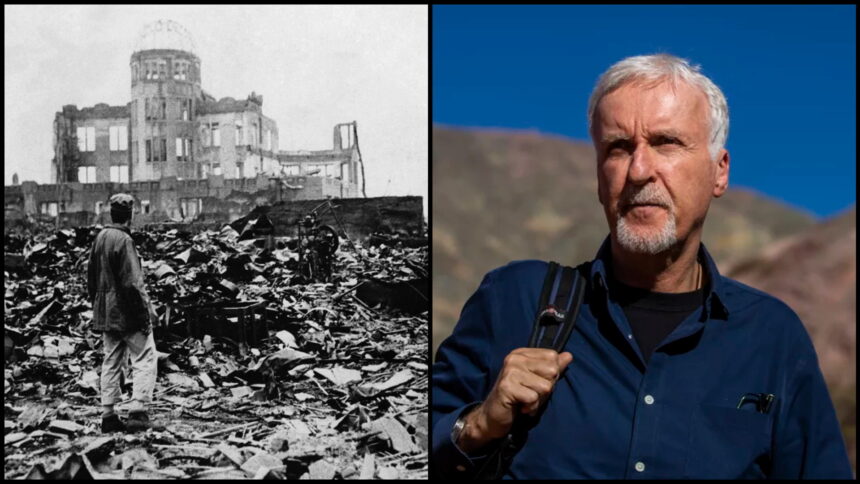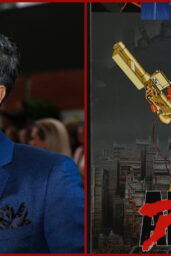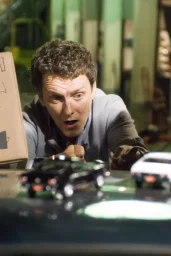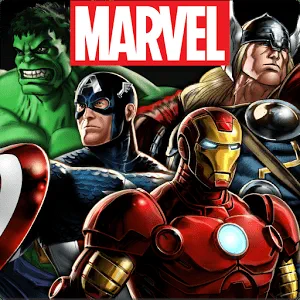The man who made Titanic sink again and gave us ten-foot blue aliens falling in love under bioluminescent trees now wants to show us what real horror looks like.
And I mean real.
James Cameron—king of the box office, master of the megabudget spectacle—is setting aside Pandora just long enough to face Earth’s darkest hour: Hiroshima and Nagasaki. His next project, The Last Train From Hiroshima, based on Charles R. Pellegrino’s controversial account, will depict the atomic bombings from the eyes of Tsutomu Yamaguchi—one of the only human beings to survive both blasts.
Let that settle for a second. Not one bomb. Two. Hiroshima on August 6, 1945. Nagasaki three days later. Yamaguchi lived through hell, twice.
And now Cameron wants us to feel it.
Spielberg’s Ghost
In a Deadline interview, Cameron revealed that he’s drawing from a conversation he once had with Steven Spielberg. The topic? How to handle horror—true horror—without flinching. Spielberg, of course, redefined historical cinema with Saving Private Ryan and Schindler’s List. He showed the Holocaust not with restraint, but with fury. Normandy Beach wasn’t a set piece—it was trauma on celluloid.
Cameron recalls Spielberg’s chilling warning:
“I’m going to make it as intense as I can make it, because my limitation… is that I can’t make it as intense as it really was.”
That’s not just advice—it’s a dare.
Cameron, never one to half-measure anything, took it to heart.
Not Just Another War Film
Forget battle strategies or political context—Cameron isn’t interested in generals or maps. He’s skipping the military chessboard entirely. Instead, he wants a “you-are-there” experience. This isn’t about war. It’s about annihilation. A wall of light. Skin falling from bone. Cities turned to vapor. Silence after the flash.
As he put it:
“This is true horror, because it happened.”
Cameron is known for creating cinematic roller coasters. But The Last Train From Hiroshima sounds like a descent. Not a ride, but a reckoning.
He’s approaching it like a horror film. And honestly, that’s the only genre that fits. It’s the closest cinema has to a scream.
A Dangerous Pivot
Here’s the twist: this is the same man still knee-deep in Avatar: Fire and Ash, which drops December 19, 2025. He has Avatar 4 queued up for 2029. That was supposed to be his future—biotech dragons, glowing trees, and metaphorical eco-crises.
But something about Hiroshima pulled him out of Pandora. Maybe it was Yamaguchi himself—Cameron met him shortly before his death in 2010. Maybe it was guilt, legacy, or a filmmaker’s restless conscience. Or maybe he just knew the window was closing to tell a story that forces us, once again, to look directly at the light.
We don’t have a confirmed start date yet for production, but he’s committed to beginning as soon as his Avatar calendar allows.
The Quiet Apocalypse
It’s easy to be cynical. Pellegrino’s book has faced criticism for inaccuracies and questionable testimonies. Cameron knows this. He’s not naïve. But he’s not making this movie for historians. He’s making it for audiences numb to headlines, for viewers scrolling past genocides, for a world where mushroom clouds have become emoji.
Spielberg used cinema to create memory. Cameron wants to create presence.
A film like this doesn’t need stars or sweeping scores. It needs silence. Ash. Breath caught in the throat. If he gets it right—and let’s be honest, he probably will—The Last Train From Hiroshima could be Cameron’s most terrifying, human, and necessary film yet.
And if it’s not? Then maybe no one else should try.
What do you think—can James Cameron make the unimaginable visible without exploiting it? Or is some horror simply unfilmable?









